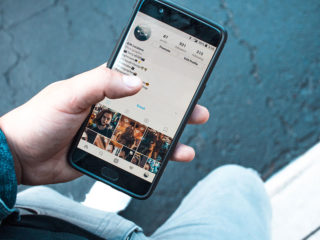It’s Monday morning in the office. The same dull spreadsheet is flashing on your monitor, the same old ringing phone is piercing your ears again. There is nothing out there in the universe worth thinking about. Except for chicken korma! You’re going to order it for lunch, aren’t you? Yes, you are…

And then it happens. You open Instagram and the first ad you see is for CHICKEN KORMA. OMG. YOUR PHONE JUST READ YOUR THOUGHTS AND ZUCKERBERG IS HIDING UNDER YOUR DESK, LISTENING TO YOUR BRAIN USING THE FORCE, LUKE, AND WE ARE ALL GOING TO DIE —
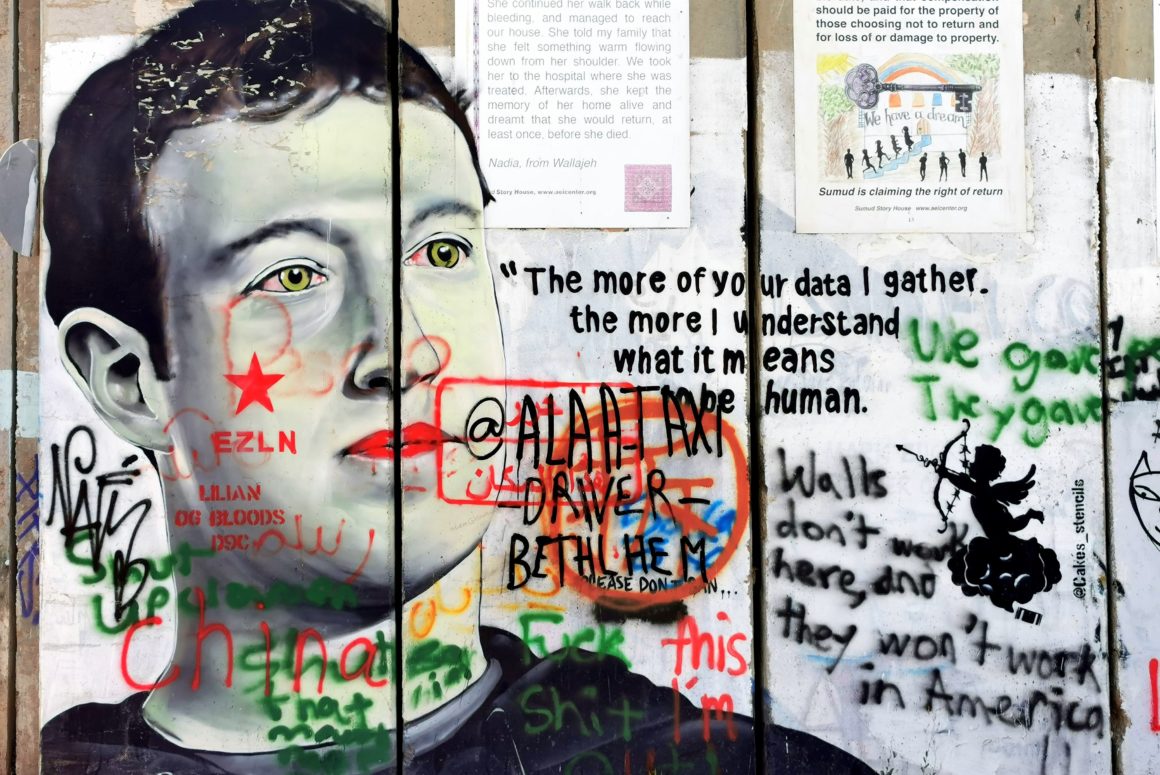
Hold on. It’s not that easy to read people’s thoughts (yet). But for marketers, it’s possible to figure out what you might be interested in:
- Cookies: A cookie is a text file that websites store on your hard drive to figure out how often you visit that site, and for how long.
- Facebook pixel: A piece of code you place on your website that helps Facebook understand how users interact with your site.
- Every social media post you like: Ah, those pesky hashtags! Each time you like a post with a particular hashtag, the platform notes how interested you are in that topic.
- Previous interactions with ads: If you clicked on an ad for a leather wallet, you might love leather phone covers too.
Maybe you were subconsciously thinking about chicken korma last week and ‘liked’ a bunch of traditional Hyderabadi recipes? Or maybe you clicked a Swiggy ad for a similar dish last week?
Either way, we’re going to be in for a wild ride pretty soon. Marketers are expanding their sources of consumer data day by day. Here’s what’s going to boom in 2020…
Wearables
It’s estimated that on average, consumers worldwide will spend over $20 billion every year on wearable technology between 2019-2024. That’s more than the entire GDP of small countries like Albania, Georgia, Jamaica or Mauritius.
Wearable tech is not just smart watches, but also wireless headsets, wearable cameras, kids’ location trackers etc. There’s even a device called UpRight that sticks to your lower back and warns you when you slouch. Smartwatches are of course the main data point. They measure heart rate, blood pressure, steps taken – all in addition to making smartphone functions more accessible.
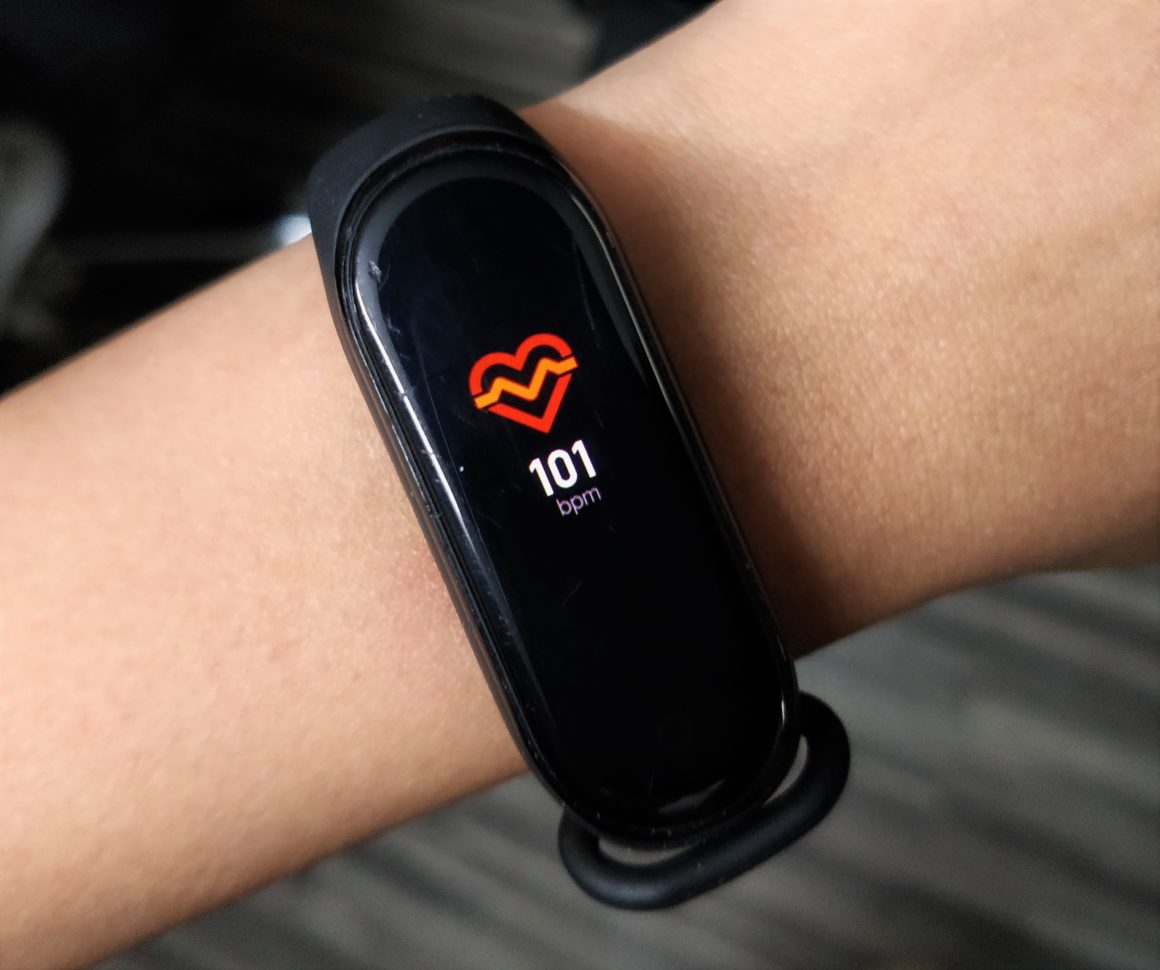
2020 is going to see large scale wearable adoption across the planet, especially in India. Health insurance companies are already considering using wearable data to customize policies for consumers. Others who would find this data useful would be:
- Gyms
- Nutritionists
- Doctors
- Medical researchers
Imagine your family doctor calling you up, concerned about the recent spike in your blood pressure, telling you to book an appointment before the problem gets more serious!
Voice Search
Alexa, play 90s rock songs.
Siri, order an espresso maker for me.
Ok Google, which cab service is cheaper to get to BKC?
Bixby, check the fridge for milk.

We’ve all been trying out voice search for a couple of years (a bit longer for those foreign return kids who had a perfect American accent). Now that Indian accents and languages are recognized by search giants, voice search has skyrocketed – 270% in a year – and will continue to do so. Another factor contributing to this push is that by 2021, it’s estimated that 75% of internet users in India will be using languages other than English, making voice search easier than typing.
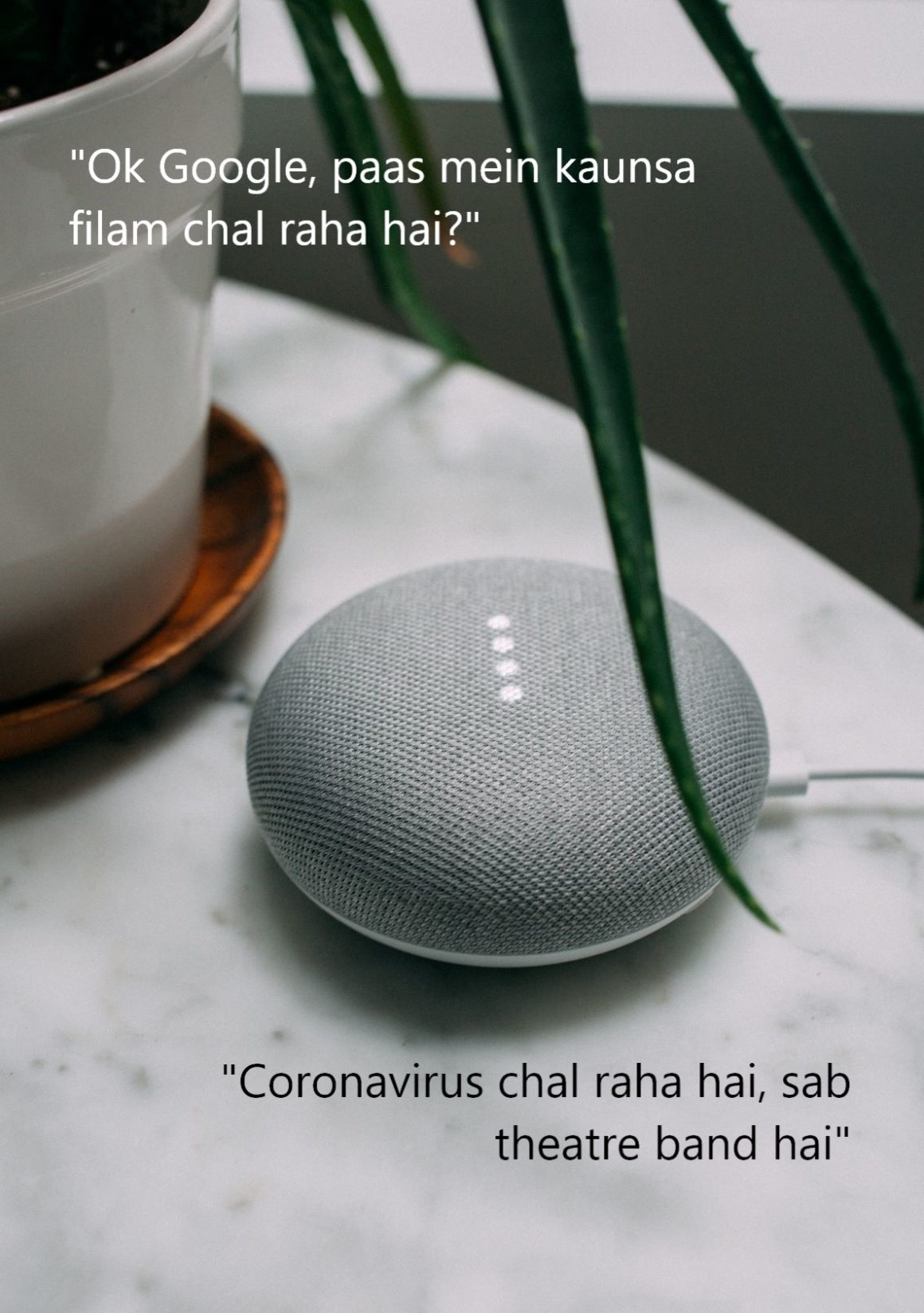
What makes Voice so attractive to marketers is its massive potential – users don’t actually need to purchase another device (except in the case of Alexa) meaning that it opens up Tier 3 and the rural market. And it’s addictive: nearly ⅔ of voice users didn’t want to go back to their keyboards. Most searches are for music, but the share of non-music searches is growing. In 2019, more than 11% of Americans were using their voice to make a purchase every month. This trend is likely to pick up in the rest of the world pretty soon.
Chatbots
It might sound slightly contradictory that people are going away from their keyboards and at the same time going back to their keyboards. But while people are using voice to search, they’re starting to prefer chatbots phone calls, when it comes to customer care.

Chatbots are being deployed on a large scale to cut customer service costs. They’re also useful for deriving insights: every chat is a block of data specific to an individual customer. A chatbot for a food delivery service would likely know exactly what you want each day of the week, at specific times of the day. The end goal for most organizations is to build one-on-one relationships with customers and keep them happier in the long term.
AR Filters
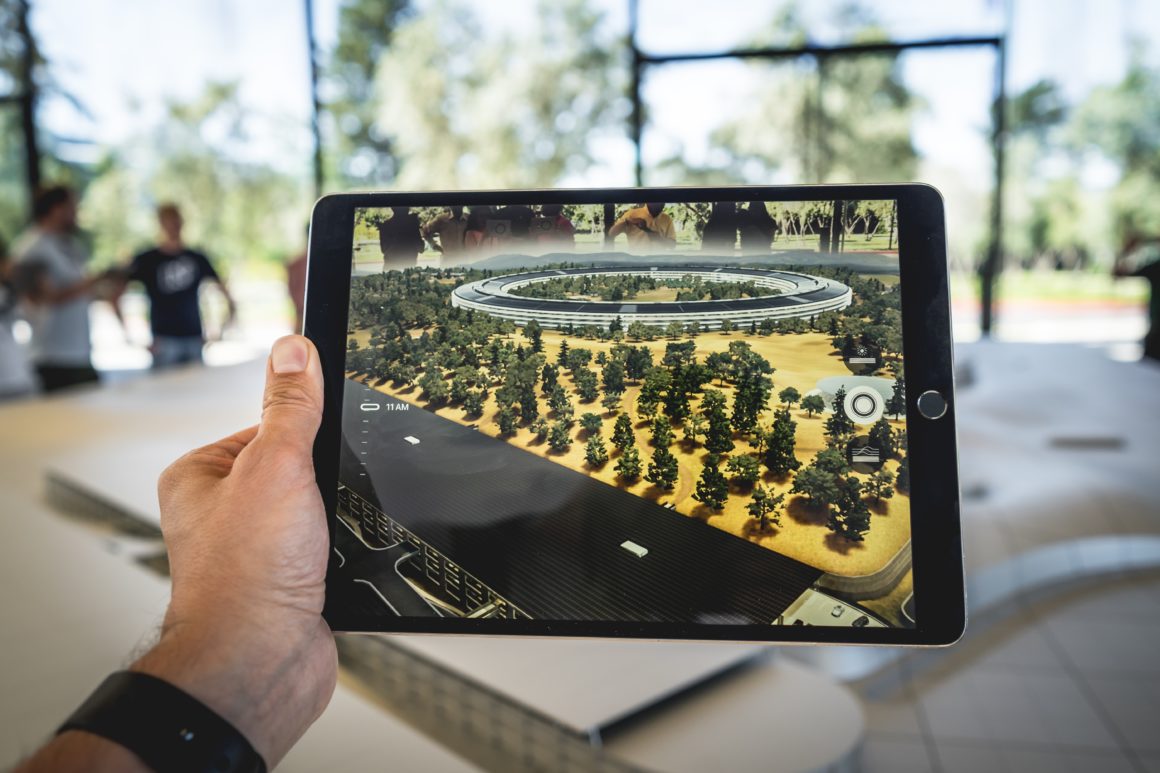
While not as big as the previous three, AR Filters are carving out their own niche in the world of 24 hour stories. Brands are using them for product launches in clever and quirky ways. Look at Ready Player One’s launch. People who download & use a particular AR filter will likely receive targeted ads for that product. At the same time, the consumers themselves are being ads (albeit really cool ones). AR is expected to be a $35 billion industry by 2022.
Final Words
We are at a major turning point as far as personalized advertising & data privacy are concerned.
We need to understand that targeted ads aren’t inherently bad – if anything, they make it easier for us to find and buy what we need. While some of will surely have concerns regarding corporations creeping up on us to listen to every word we speak, we need to understand that data is only collected when the consumer gives permission. Operating systems like Android and iOS are adding privacy-boosting features day by day, giving us more control over our data. Consumers know this, and it’s reflected in their sentiment – 71% of consumers prefer personalized ads.
The end result of immersing ourselves in the internet of things is likely to be a superior consumer experience, where we have complete access to information about products we need, so we can make informed choices – not to mention having better access to healthcare in emergencies!











